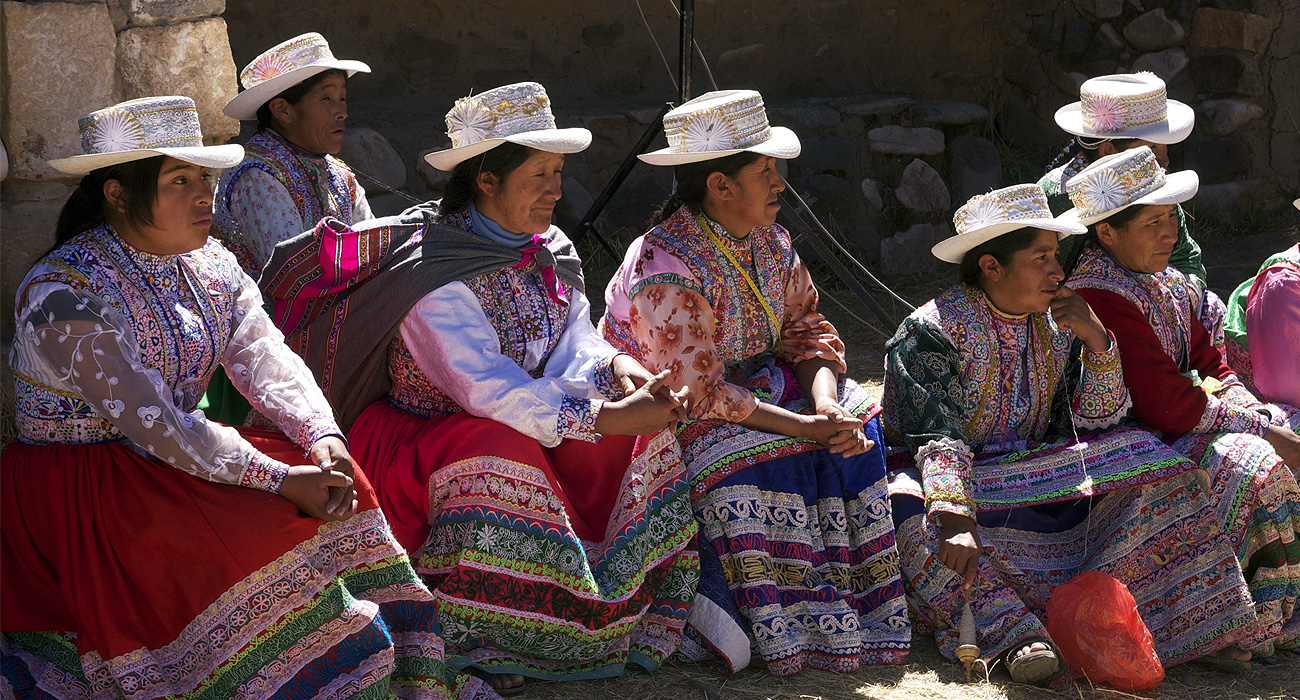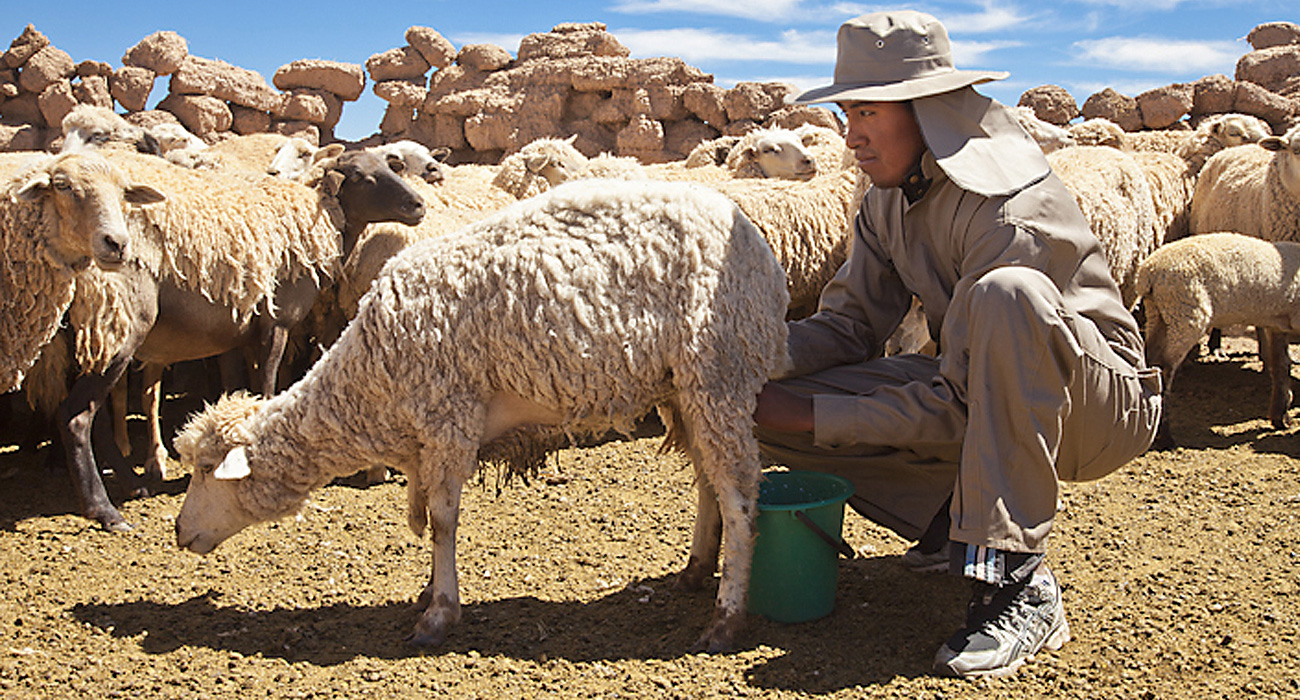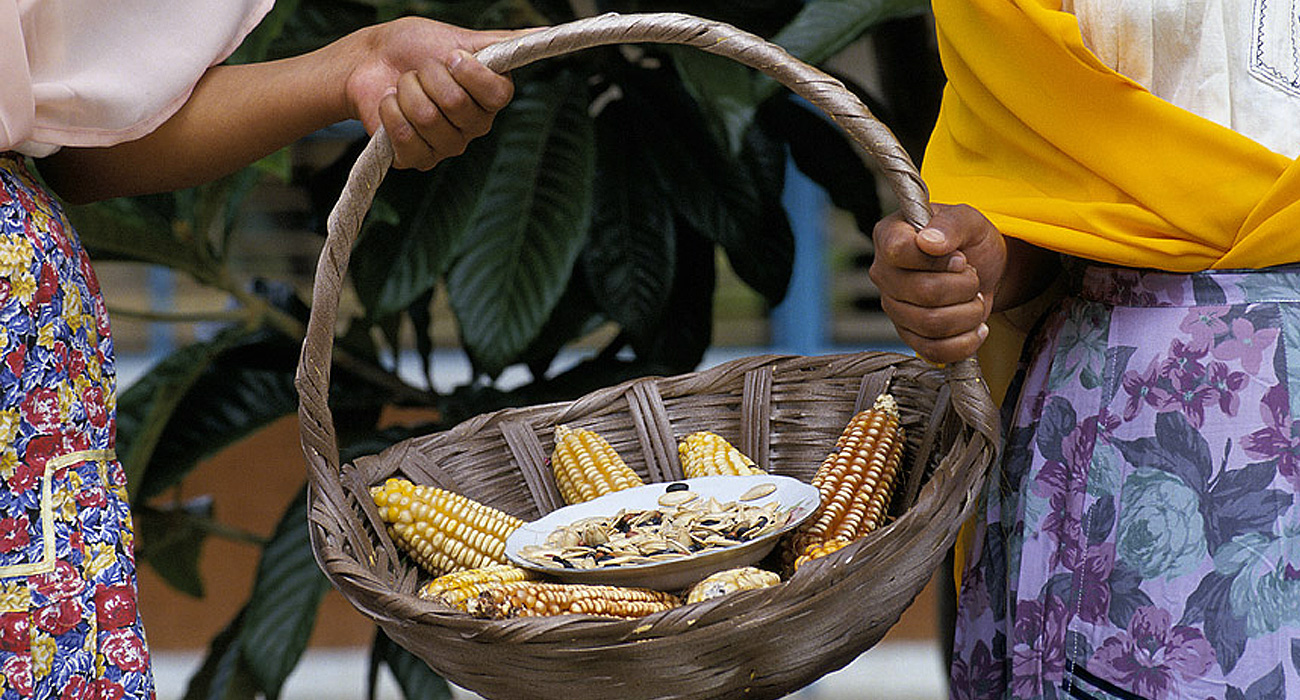About the Report
The Latin American Reports on Poverty and Inequality of Rimisp, Latin American Center for Rural Development, are a contribution to the discussion of these issues from the particular perspective of territorial inequality, one of the least addressed aspects of the problem, and one that has a particularly strong impact on the rural sectors of Latin America.
This continent holds the title of being the most inequitable region in the world, even above regions with higher levels of poverty. Inequality is a key issue of Latin American development, which crosses the public and academic debate, and is increasingly present in the agenda of demands of social movements. Our region seems to be succeeding in reducing the number of families living in poverty, but we cannot say the same about the gap between rich and poor, which not only does not decrease, but sometimes increases.

Rimisp’s Latin American Report on Poverty and Inequality evidences the existence of significant territorial gaps and their impact on the unequal development possibilities of territories, by collecting and analyzing systematic and permanent information over time in different countries of the region. It also develops concrete public policy recommendations aimed at improving the living conditions of the poorest and makes them available to researchers, technical advisors and decision makers.
This latest 2019 edition of the Latin American Report on Poverty and Inequality has focused on Rural Youth and Territories, finding that, although territorial inequality persists in Latin America, rural areas connected to cities, politically active and productively diverse, offer more opportunities for development and labor inclusion to the young population.

Thus we have completed the fifth installment of this series that we began with the first edition in 2011, which shows the existence of severe territorial gaps in health, education, public safety, income, economic dynamism and gender equality. It also delves into the role of public policies and local capacities in the perpetuation or reduction of these gaps.
The second edition, in 2013, analyzes the evolution of these territorial gaps. On this occasion, the subject of in-depth analysis is the unequal territorial distribution of opportunities for access to quality jobs. In this sense, the Report seeks to contribute to a better understanding of the factors, characteristics and conditions specific to the territories that determine the generation of better employment opportunities in some places more than in others.

The Latin American Report on Poverty and Inequality 2015 postulates that gender inequality -particularly in terms of income generation and own resources- is expressed in different ways in the territories, as this inequality is not only related to women’s assets or endowments and their capacity for agency, but also to factors specific to the territory, such as the productive structure, formal and informal institutions and the agents present in the territory.
The fourth edition of 2017 discusses territorial inequality from the perspective of the Sustainable Development Goals (SDGs), considering indicators at the subnational level for some of these goals, and investigating the articulation of actors, a central aspect for the implementation of the 2030 Agenda to permeate all territories.
The Latin American Report on Poverty and Inequality is a periodic publication of Rimisp, Latin American Center for Rural Development, which has been supported by the International Fund for Agricultural Development (IFAD), the International Development Research Centre-Canada (IDRC) and the Ford Foundation, indistinctly in its different editions.

Our offices:
- Chile: Huelén 10. Providencia, Santiago, Metropolitan Region. (+56-2) 2236 4557 | Fax (+56-2) 2236 4558.
- Ecuador: Czechoslovakia E9-95 between Switzerland and Moscow. Eveliza Plaza Building. First floor. Quito. (+593-2) 5150144.
- Colombia: Carrera 9 No 72-61 Office 303. Bogotá. (+57-1) 2073 850.

